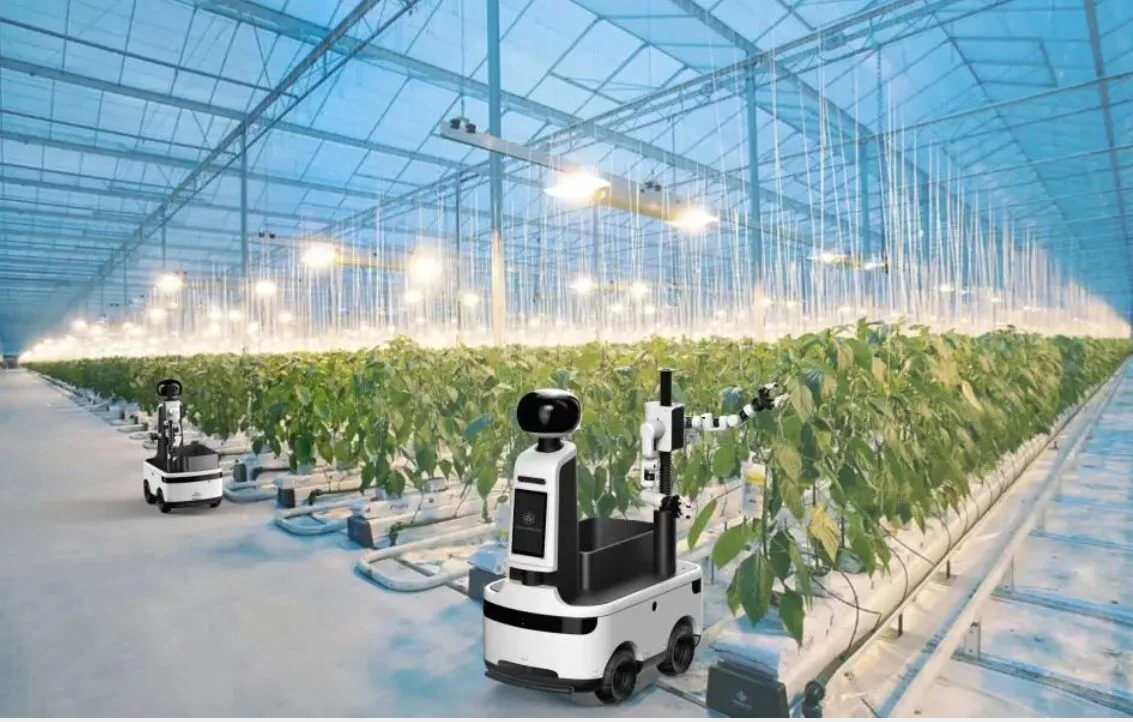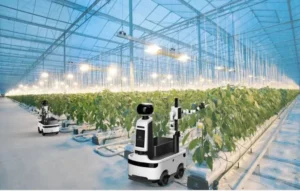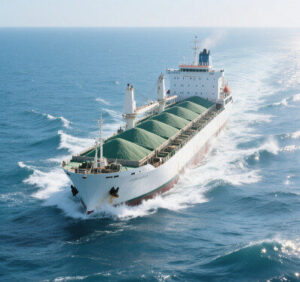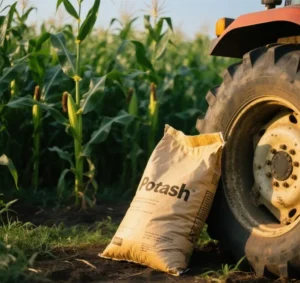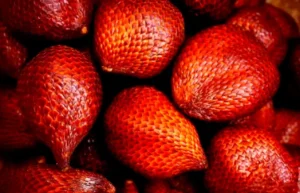With the deep integration of agriculture and technology, Digital Agriculture, Smart Agriculture, and Agricultural AI have become core forces driving agricultural modernization. Each has its own focus. The following provides a comparative analysis from dimensions such as definition, core technologies, core objectives, application scenarios, and characteristics.
| Dimension | Digital Agriculture | Smart Agriculture | Agricultural AI |
|---|---|---|---|
| Definition | Based on digital technologies, it converts agricultural data (e.g., soil, weather, crop growth) into storable, analyzable, and shareable information. | Builds upon Digital Agriculture by integrating multi-source data through intelligent systems to achieve automation, precision, and optimized decision-making in agricultural production. | The specialized application of artificial intelligence technologies in agriculture, using algorithmic models to solve complex problems. |
| Core Technologies | Sensors, Internet of Things (IoT), Remote Sensing (RS), Geographic Information Systems (GIS); Big Data storage & analytics, Blockchain (for traceability). | Automation equipment (e.g., drones, smart agricultural machinery), 5G communication, Cloud computing; Precision agriculture (e.g., variable rate fertilization, smart irrigation), Agricultural robots. | Machine Learning (ML), Deep Learning (DL), Computer Vision, Natural Language Processing (NLP); Model training and prediction (e.g., yield forecasting, disease identification). |
| Core Objectives | To digitize the entire agricultural process (from planting to sales); To provide precise data support, but does not emphasize intelligent decision-making. | To dynamically optimize production processes (e.g., automatic irrigation, pest and disease warnings) through technology integration; To reduce reliance on manual labor and improve resource use efficiency. | To handle unstructured problems in agriculture (e.g., image recognition, natural language interaction); To provide autonomous decision-making capabilities (e.g., AI diagnosing pests/diseases and recommending treatments). |
| Application Scenarios | Field environment monitoring, agricultural product traceability, electronic management of agricultural inputs. | Smart greenhouses, unmanned farms, agricultural IoT platforms. | Pest/disease image recognition, intelligent breeding, agricultural Q&A robots. |
| Characteristics | Serves as the infrastructure for Smart Agriculture and Agricultural AI, emphasizing data collection and standardization. | Emphasizes systematic application, represents an upgraded version of Digital Agriculture, relies on AI but is not entirely driven by it. | Serves as the core driver for Smart Agriculture, but depends on the data foundation provided by Digital Agriculture. |
Relationship Between the Three
-
Digital Agriculture is the Foundation: Provides the underlying architecture for data collection and management.
-
Smart Agriculture is the Integration: Builds upon the digital foundation to enable decision-making through automated equipment and intelligent systems.
-
Agricultural AI is the Tool: Provides advanced decision-making capabilities (e.g., prediction, diagnosis) for Smart Agriculture, solving complex problems difficult to address with traditional technologies.
Analogy
-
Digital Agriculture ≈ The “Senses and Nervous System” of the human body (collects information).
-
Smart Agriculture ≈ The “Brain and Limbs” of the human body (processes information and acts).
-
Agricultural AI ≈ The “Advanced Cognitive Functions” within the brain (complex reasoning and learning).


